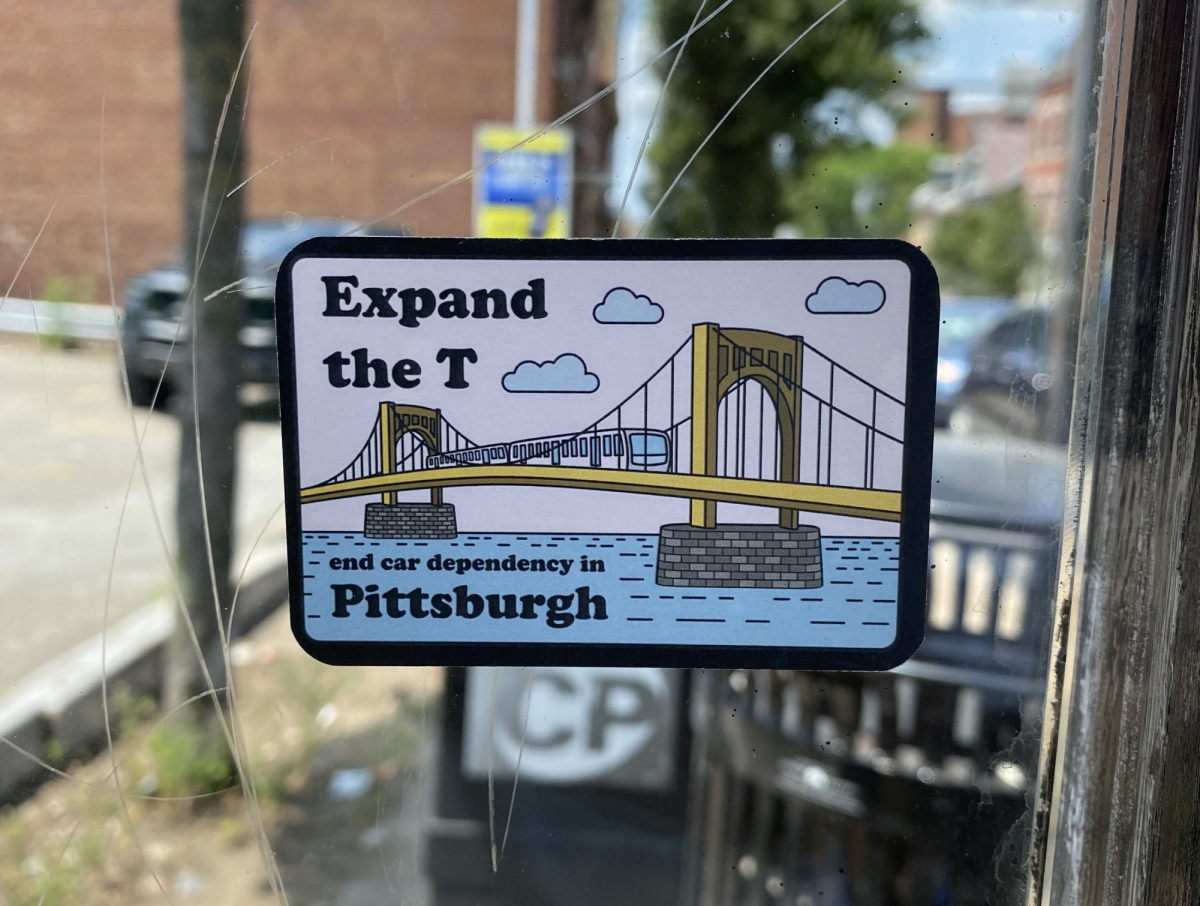You are walking through a museum and you come across a photograph displaying a woman’s naked buttocks. Maybe you stop and glance, or perhaps giggle, and continue on your way. On the way to work you hear a song with lyrics referencing sex in some way. So, you turn it up and sing along, because “I mean, it’s catchy!” Sitting in the waiting room for an appointment you leaf through a magazine and see the latest ad for Calvin Klein with models wearing solely jeans. You think, “Typical Calvin Klein..” and flip the page. Now, after reading this, you’re thinking to yourself, “So true.” That’s because it’s reality. Sexuality is a part of our lives and it has worked its way into most of its aspects, including arts and popular culture. Nevertheless, it’s things like the above scenarios which are constantly being attacked and challenged as being obscene. This includes constituting them as being unfit to be seen by the public eye, and sometimes unfit to exist at all. With that said, when it comes down to it, these onslaughts are simply unsuccessful and ineffective. It is impossible to discuss the topic of obscenity without first defining it. With that said, it is impossible to define it as well, given that the government can’t even decide on what it truly is. The decision to whether or not something is obscene has come down to a test known as The Miller Test, which stems from the 1973 Miller v. California case in which the Supreme Court declared that the First Amendment does not protect obscene material. It was agreed on that something is obscene if the following standards are met: 1) An average person, applying contemporary local community standards, finds that the work, taken as a whole, appeals to prurient (sexual) interest. 2) The work depicts in a patently offensive way sexual conduct specifically defined by applicable state law. 3) The work in question lacks serious literary, artistic, political or scientific value. This may seem to be a pretty reasonable test, but its elements have proven ambiguous what with everyone having different views on what is, or is not offensive or qualifies to have some kind of value. What causes even more implications is that in cases where obscenity is in question, it is the judge, or even more often, the jury who decides whether or not the test has been passed. They are expected to set aside their own standards and only rely on standards of the community, but often this is not the case. Because TheMiller Test components are so ambiguous, it is not uncommon, in fact it is more common, that rulings declaring materials obscene are overturned due to misunderstandings of the components. As is discussed in Mass Media Law by Don R. Pember, in a case where “Carnal Knowledge,” the R-rated film starring Jack Nicholson and Candice Bergen was the material in question, Georgia courts ruled that the film was in fact obscene due to being patently offense, as is stated in the second point of the test. The ruling was then overturned when Justice Rehnquist claimed that the courts misunderstood the meaning of patently offensive. Pember also discusses how it is said to be a duty of the states to define the kinds of material or conduct which are obscene. So, which is it? Do they follow The Miller Test? Do they define obscenity for themselves? Either way, only to be overturned or corrected. The amount of confusion and what seems like chaos in the decision process almost screams “waste of time.” The “Carnal Knowledge” case is not the only to be overturned due to misunderstanding of the obscenity definition. Another one involves the music group 2 Live Crew and their album “As Nasty As They Wanna Be.” According to University of South Carolina professor Mathieu Deflem, after the release of the album in 1989, complaints started arising from South Florida residents. This led to an investigation of the album, and eventually a court order stating that there was probable cause to believe the album was obscene. In court, the defense argued that a “Warning: Contains Explicit Lyrics” sticker was placed on all of the CD’s albums and also that anyone is free not to buy an album. Nevertheless, after The Miller Test was applied to the “Nasty” album, the Judge concluded that the album would be considered legally obscene. Then, in 1992, the decision was reversed by the United State Court of Appeals after hearing expert testimony. It was further decided that the album was not of prurient interest and did have artistic value. The Court of Appeals argued that more witnesses should have be called on rather than simply making a decision from listening to the music. So, once again, the blurred laws of obscene materials caused a pointless attack and trial process on a subject of art and popular culture. Not only are these challenges proving a waste of time, but they’re also having a negative effect on the arts which would otherwise not be an issue. Accusations to different museums and institutions regarding obscene materials are causing funding of the those institutions and arts in general to disappear. The National Endowment for the Arts was criticized for funding controversial artists. This in turn caused Congress to place requirements on the NEA forcing them to take into consideration general standards of decency and respect when it comes to artistic excellence and merit, according to Ken Paulson, President and CEO of First Amendment Center. A specific case, discussed in an online law Encyclopedia of notable trials and court cases, involving the NEA was that of Cincinnati v. Cincinnati Contemporary Arts Center. The material in question was an exhibition of photographs by the controversial artist Robert Mapplethorpe, an artist known to use female and male nudity. Several art experts testified on behalf of CAC, claiming that the photographs had artistic value. Eventually, jurors found CAC not guilty and decided that the Mapplethorpe exhibit depicting somewhat homoerotic subjects was not obscene. Nonetheless, the arts center lost $200,000 in the process of the trial. In 1999, former New York Mayor Rudy Giuliani withheld $500,000 in funding rom the Brooklyn Museum of Art because he found an exhibit by artist Chris Ofili depicting the Virgin Mary with elephant dung to be particularly offensive, according to many sources including Paulson. The law stands that government has the option to fund art or to not, but it is illegal to refuse funding to alleged offensive material if it has not undergone The Miller Test. So, when it comes down to it, these lawsuits are not eradicating the so-called obscene materials, but inadvertently eradicating our artistic culture slowly, but surely.









